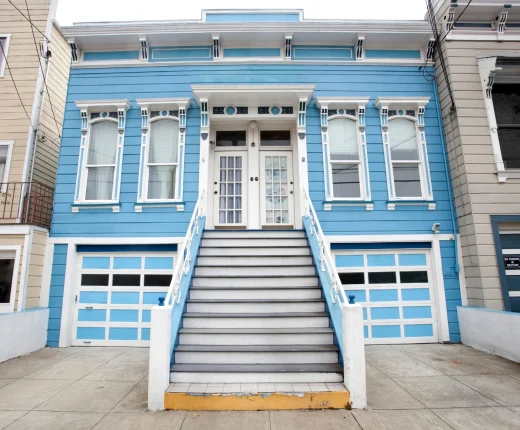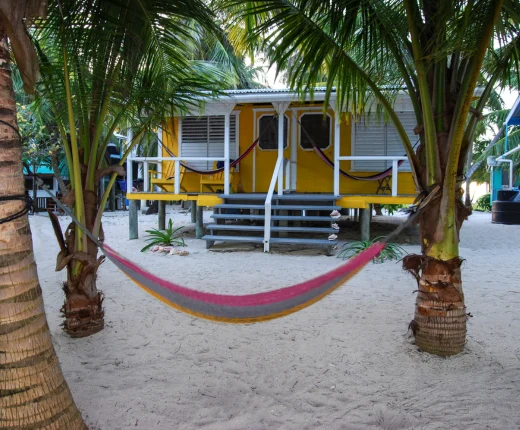A multifamily home is a residential building designed to accommodate multiple separate living units, each intended for individual households. These structures, also known as multiplexes or apartment buildings, can range from duplexes and triplexes to larger complexes with numerous units. Multifamily homes offer a variety of living arrangements within a single building, providing residents with private living spaces while sharing common areas such as hallways, entryways, or outdoor spaces. Each unit typically includes bedrooms, bathrooms, a kitchen, and living areas. Multifamily homes cater to a diverse range of residents, from families to individuals, and often feature amenities like shared laundry facilities or communal spaces. This housing option is valued for its efficient land use and the potential for rental income, making it a practical choice for investors and those seeking a community-oriented living environment.


When a property owner decides to convert a single-family home into a multifamily home without obtaining the necessary permissions from the local building authority, it can lead to complications down the line. In such cases, the property will have to be inspected and potentially rezoned, which can be a time-consuming process. It’s important to note that converting a property without the appropriate permissions not only poses legal issues but could also result in safety concerns for the occupants. Therefore, it’s crucial for the seller to seek proper approval before making any significant changes to their property. It may seem like a small inconvenience initially, but getting the necessary permissions can save time, money, and prevent unnecessary stress in the future.
The maximum number of units that can be financed with a VA home loan is 4. This includes the unit occupied by the Veteran. So if you’re considering purchasing a property with more than four units, you may need to explore other financing options such as a commercial loan.
The Veteran is required to occupy at least one unit as their primary principle residence.
Check if you qualify to buy a home or get a free quote for refinancing within minutes.

SmartVALoans.com is a service of Community First National Bank
VA Approved Lender, not a government agency.
FDIC Insured #35585 – Equal Housing Lender – NMLS ID #449196 NMLS Consumer Access Page

Community First National Bank
11900 W. 87th Street Pkwy, Suite 115
Lenexa KS 66215